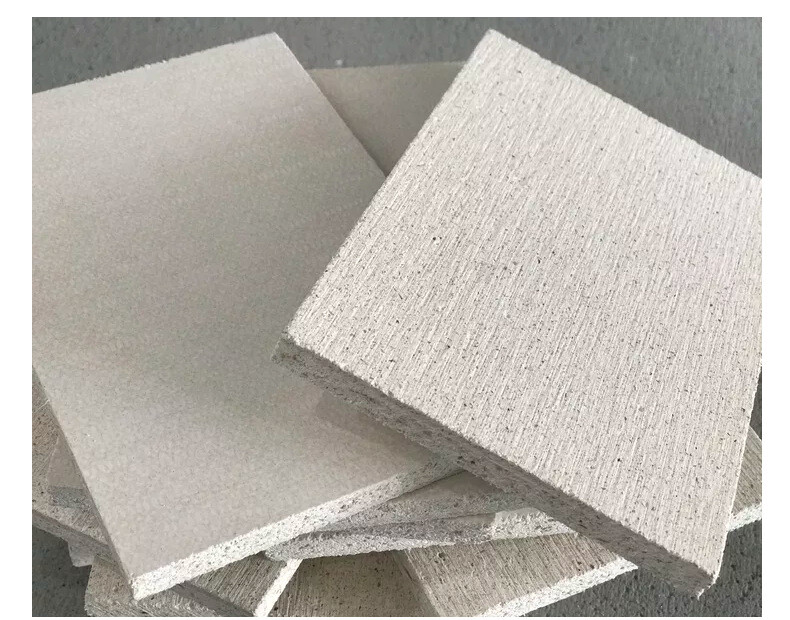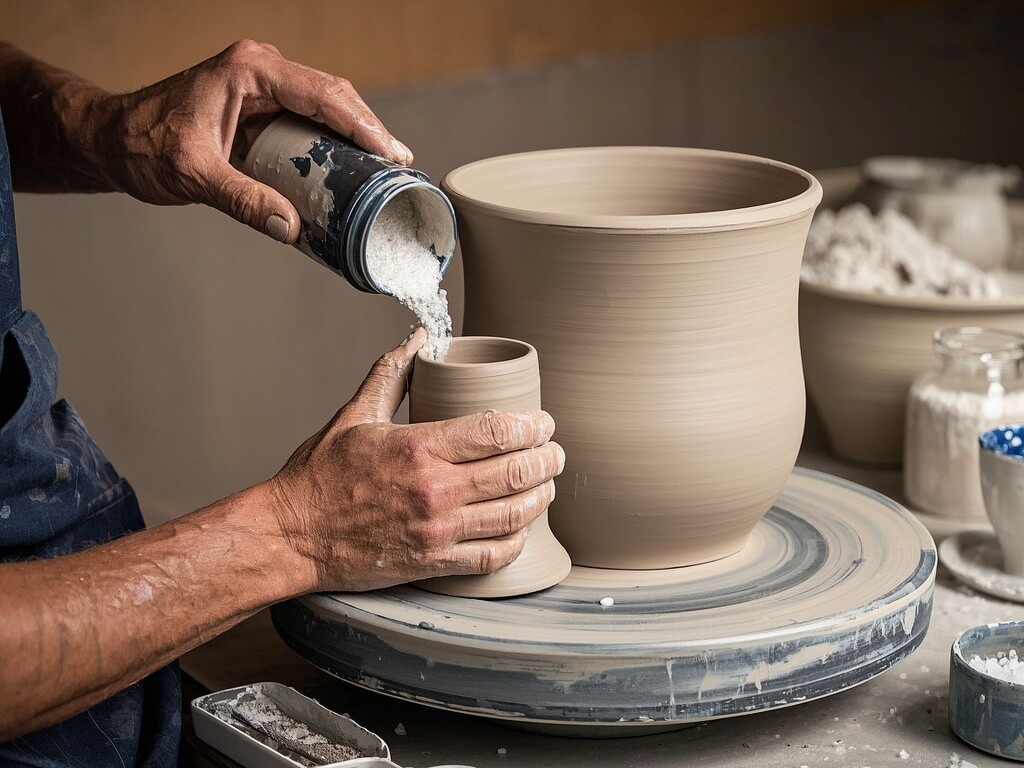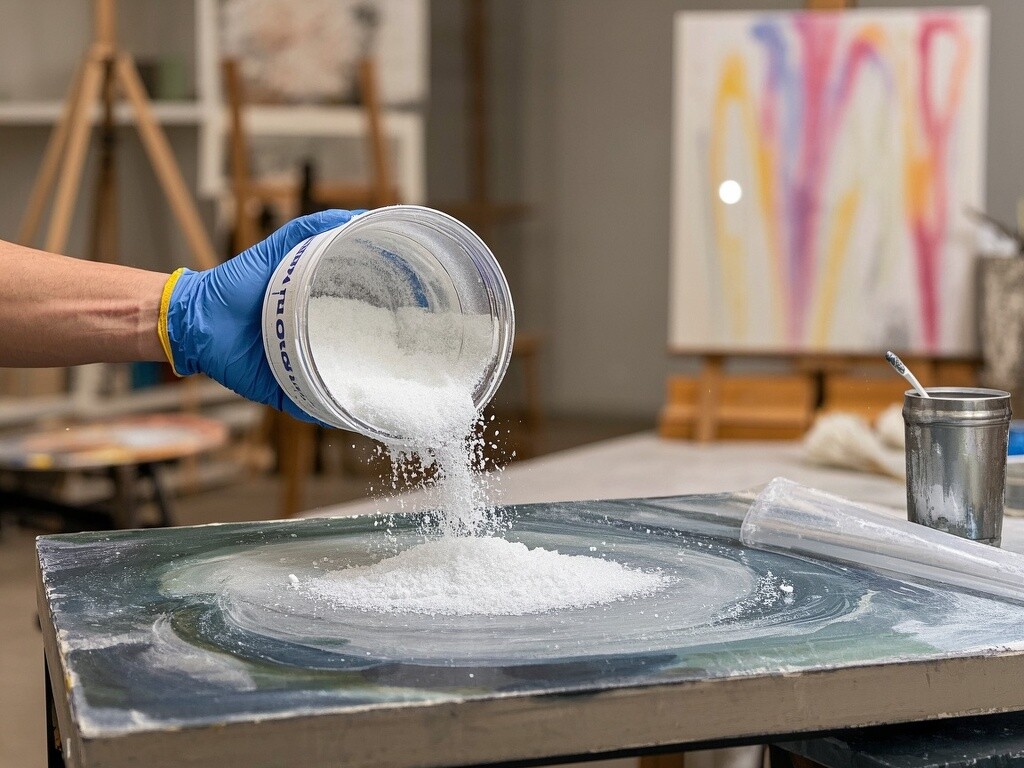Applications of Magnesium Oxide in Abrasives & Grinding Tools

1. Magnesite Grinding Wheels
One of the most prominent uses of MgO is in magnesite grinding wheels. These wheels rely on magnesia (often blended with other binders and abrasive particles) to grind materials like cast iron, non-ferrous metals (e.g., aluminum, copper), and select alloy steels.
Why MgO? Its ability to withstand extreme heat means these wheels won’t degrade or lose shape during intense grinding—critical for maintaining precision and safety. You’ll find them in sectors like automotive manufacturing, where engine components demand flawless surface finishes.
2. Triangular Grinding Blocks
For tasks requiring targeted, efficient material removal—such as concrete floor refinishing, stone restoration, or metal surface prep—magnesite triangular grinding blocks excel.
Their triangular shape optimizes contact with workpieces, while MgO’s inherent hardness ensures slow wear over time. This makes them ideal for jobs where consistency and longevity matter, like resurfacing concrete or shaping natural stone.

3. Polishing and Lapping Tools
When precision polishing (not just grinding) is needed—for example, on ceramics, optical glass, or delicate metal parts—MgO-based tools take center stage.
Magnesia’s fine-grained structure and chemical stability enable ultra-smooth finishes without scratching or reacting with the workpiece. In lapping (where two surfaces are rubbed to achieve extreme flatness), MgO helps produce surfaces with micron-level accuracy.
Advantages of Using Magnesium Oxide in Abrasives
1. Unmatched Thermal Stability
Grinding generates intense heat—enough to warp tools or damage workpieces. MgO shines here: it resists thermal shock and maintains its structure at high temperatures. This means less tool wear, fewer workpiece defects, and longer-lasting performance.
2. Ideal Hardness & Wear Resistance
MgO strikes a perfect balance: it’s hard enough to remove material efficiently but not so brittle that it chips or wears out rapidly. Abrasives with MgO last longer than many alternatives, cutting down on replacement costs and downtime.
3. Chemical Inertness
Magnesium oxide rarely reacts with most metals, ceramics, or stone. This “chemical inertness” ensures the grinding process doesn’t introduce unwanted reactions or contaminants to the workpiece—essential for industries like aerospace or medical device manufacturing, where material purity is non-negotiable.
4. Versatility Across Materials
Few materials can tackle both rugged cast iron and delicate glass with equal finesse, but MgO comes close. Whether you’re grinding concrete, polishing porcelain, or shaping alloy steel, MgO-based abrasives adapt to the task without compromising quality.
Related knowledge forum

With over ten years of experience in the research and development of magnesia materials, we inject scientific and technological value and green connotations into your products with our full industry chain technology system and innovative solutions.
Get in Touch
Search from here……







